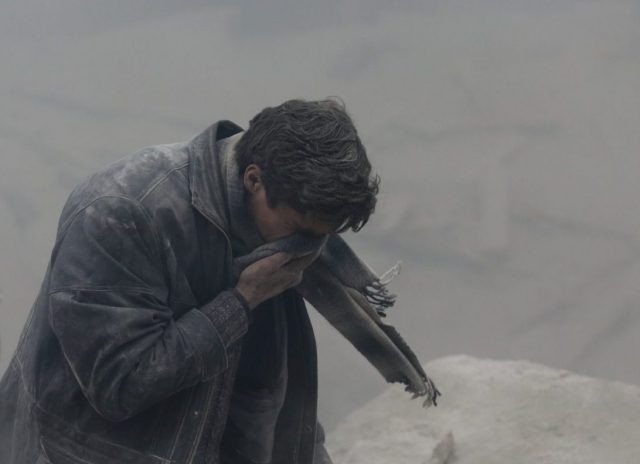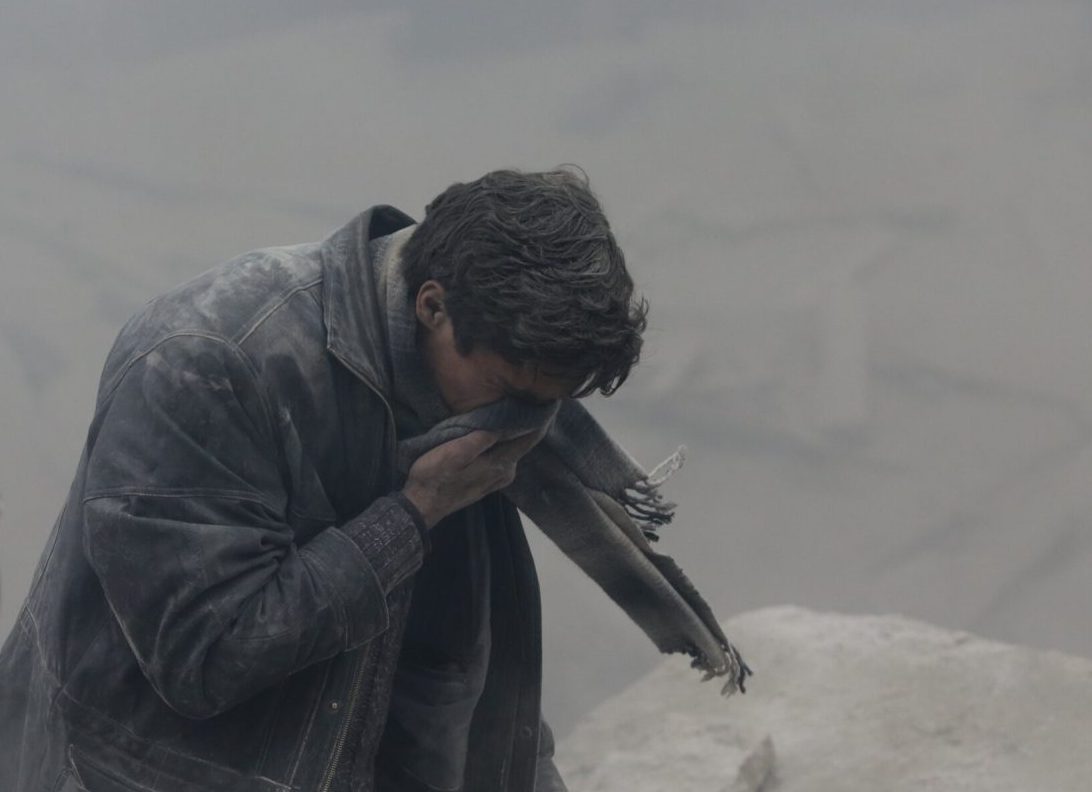A new study by American geophysicists has forced scientists to take a fresh look at the threat of a powerful earthquake off the west coast of the United States. According to experts, the scenario could be even worse than expected: One earthquake could trigger another, and then the region could suffer a “double blow.”

Planet Today reported that researchers from Oregon State University analyzed sedimentary rocks along the Pacific coast and concluded that large earthquakes on the Cascadia Fault have repeatedly triggered aftershocks on the San Andreas Fault over the past 3,000 years. “If Cascadia were to explode, I would take that very seriously as a very clear forewarning for the northern San Andreas,” says paleoseismologist Chris Goldfinger, who led the study published in the journal Geosphere.
The team examined more than 100 marine sediment cores formed in the Mendocino Triple Junction area, where both fault zones meet. They discovered an unusual structure in some layers: sand over silt. According to the researchers, this indicates that the two earthquakes may have occurred almost simultaneously, within minutes of each other. Eight similar cases recorded over three millennia confirm that Cascadia and San Andreas can indeed “throw” each other.
Experts state that if a similar process were repeated today, the consequences could be disastrous. Powerful tremors in America’s two largest fault zones could destroy infrastructure, collapse buildings and claim thousands of lives. In this case, the economic damage is estimated to be tens of billions of dollars.
Meanwhile, a magnitude 6 earthquake had previously occurred in Kamchatka. Read more here.
Source: People Talk
Mary Crossley is an author at “The Fashion Vibes”. She is a seasoned journalist who is dedicated to delivering the latest news to her readers. With a keen sense of what’s important, Mary covers a wide range of topics, from politics to lifestyle and everything in between.





